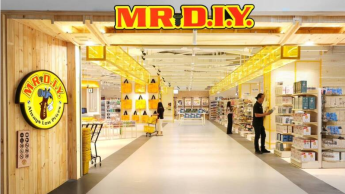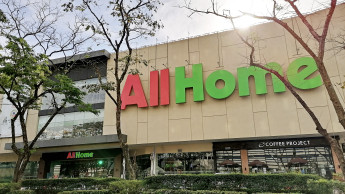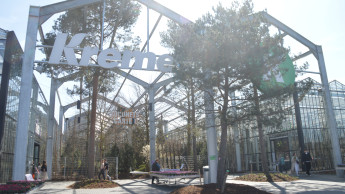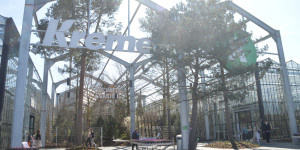For 2010, Depot expects a sales gain of 2.6 per cent and an earnings increase of 22 per cent to $1.90 per share.
At midyear, it was operating 2 244 stores; 1 976 in the U. S., Puerto Rico, Guam and the U. S. Virgin Islands. It was running 179 in Canada, 80 in Mexico and 9 in China.
It closed one store in China, opened one in Mexico and opened none in the U. S.
Gross margin was 33.9 per cent for the second quarter, up 0.41 per cent from a year earlier. For six months, gross margin was 34.1 per cent.
Gross margin gains came about by earning more co-op and rebate dollars and fewer markdowns due to better inventory management.
While the company expects gross margins to continue to increase, the gains will be smaller.
Inventory turns reached 4.4x, up slightly from 4.3x the year before
Sales for 6 months were $ 36.273 bn, up 2.9 per cent. Pre-tax profit was 8.3 per cent. Pre-tax earnings for the second quarter alone were 9.79 per cent, up 13.7 per cent from a year earlier.
The company says it gained 0.28 per cent in market share.
Sales per store increased 1.8 per cent in the second quarter; comparable store sales were up only 1 per cent in the U.S., but company-wide were up 1.7 per cent, indicating higher performance elsewhere.
Sales per store averaged about $30 million during the first six months, up 3.5 per cent.
The store employs about 300,000, and now has a higher mix of seasonal and part-time workers, but has concentrated on training them better.
Average transaction size dropped 4 cents to $ 52.41 compared to 2009.
The company expects no major ticket growth through the rest of the year, but does expect transaction counts to increase.
Sales under $ 50 account for 20 per cent of all sales. They were up 2.4 per cent in counts, due to strong repair and maintenance sales as well as simple décor needs.
Transactions of $ 900 or more also account for about 20 per cent of sales. They were down 4.9 per cent in the second quarter. These include pro sales as well as appliances. Big-ticket sales continue to be down.
Pro business was off double-digits in late 2008 and all of 2009, and is still down, but now in the low single-digit range.
Sales-per-square foot were $ 328.
97 per cent of the stores attained their goals, resulting in profit-sharing for hourly employees.
Lumber, electrical & lighting and plumbing departments outpaced expectations, although hardware and paint sales also were strong.
Garden sales were strong in the first quarter, weak in the second because of high temperatures in most of the U. S., but that helped air-cooling-related sales.
It gained 0.8 per cent in major appliance market share, ranking third in the nation even though it chose not to offer big discounts as competitors did during 2010 (probably talking some of that market share from Sears, the number 1 appliance retailer).
New credit card regulations in the U. S. will affect it, as they will other retailers. Sales made using Depot's credit card account for 21 per cent of sales, down somewhat.
To promote use of its own card, it is offering, on certain “everyday” items like light bulbs, 10 per cent off everyday with use of the card.
Debit card use accounted for 18 per cent of sales.
New lower card fees, because of the new regulations, will generate an extra $ 30 million for the company “to be used to reduce prices or use in other ways”, said company executives.
The company checks 500,000 customer surveys monthly and reports customers are more satisfied with pricing and service than previously, with them indicating the highest intent to return to the stores of the past eight years.
To improve customer service, it is now focusing on its pro segment sales.
It will concentrate on improving the check-out process to better serve customers.
It now is operating 16 Rapid Deployment Centers (RDCs) serving over 80 per cent of stores and expects to serve 100 per cent of stores by year-end, helping to improve stock turns.

 Menü
Menü















